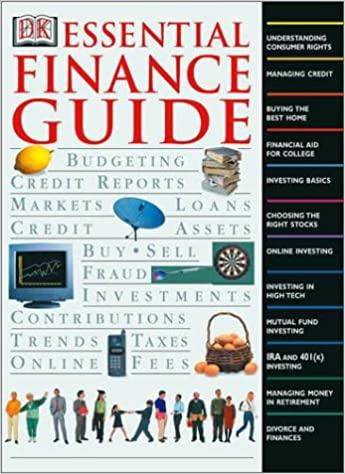

The equilibrium exchange rate of the Sri Lankan Rupee (Rs.) is A$0.0082. At an exchange rate A$ 0.0062: Australian demand for Sri Lankan Rupee would exceed the supply of Rs. for sale and there would be a shortage of Rs. in the O A foreign exchange market. Australian demand for Sri Lankan Rupee would be less than the supply of Rs. for sale and there would be a shortage of Rs. in OB. the foreign exchange market. Australian demand for Sri Lankan Rupee would exceed the supply of Rs. for sale and there would be a surplus of Rs. in the OC. foreign exchange market. Australian demand for Sri Lankan Rupee would be less than the supply of Rs. for sale and there would be a surplus of Rs. francs OD in the foreign exchange market. E. None of the options. QUESTION 22 The equilibrium exchange rate for Euro is A$1.65. The current exchange rate is quoted at A$1.63 per Euro. Based on this information, we can conclude that: A. Euro is currently under-valued in the market. OB. Euro is currently over-valued in the market. OC. Australian demand for Euro will exceed the supply of Euro and there will be a shortage of Euro in the market. D. Australian demand for Euro will be less than the supply of Euros and there will be an excess of Euros in the market. OE. Both a) and c) are correct Assume that Australian and Sri Lankan nominal interest rates are equal. Then, the Australian nominal interest rate decreases while the than Sri Lankan nominal interest rate remains stable. According to the international Fisher effect, this implies expectations of before, and that the Australian dollar should against the Sri Lankan Rupee. A. lower Australian inflation; depreciate B. lower Australian inflation; appreciate C. higher Australian inflation; depreciate D. higher Australian inflation; appreciate E. same Australian inflation; depreciate QUESTION 24 What is likely reflected in the following statement? The rate at which an investor borrows tends to be higher than the rate at which he lends. Assume that the investor is an arbitrager. A. transaction cost paradigm. B. midpoint. C. bid-ask spread. D. the principal-agent problem. E. none of the options








